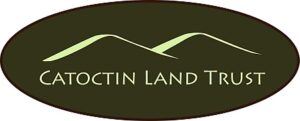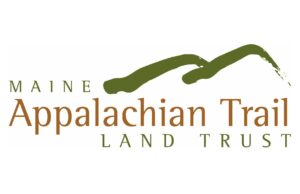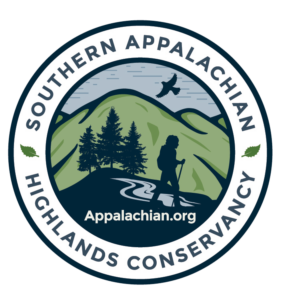Connect and Protect
Appalachian Trail Landscape Partnership
Nature is changing, and we can’t hold it steady, so we have to find a way to protect it while it shifts.
Mark Anderson, The Nature Conservancy
The Appalachian Trail Landscape Partnership
In December 2015, the ATC and Appalachian National Scenic Trail unit of the National Park Service (APPA) convened the Appalachian Trail Landscape Partnership to enable an expanded network of partners to better protect and connect the mosaic of forests, fields, farms, parks, and trails that make up the A.T. Landscape. Together with dozens of other organizations, agencies, and regional conservation networks, the ATLP seeks to support ever more effective, inclusive, and collaborative partnerships to address trends that cause major impacts on the A.T. and surrounding landscape’s natural beauty, biodiversity, ecological systems, cultural resources, and public access to outdoor recreation.
The ATLP serves as a platform for partnership building in the A.T. Landscape by initiating a process to identify high-priority conservation areas, implementing communication strategies that build engagement among all partners, and coordinates strategies to access multiple public and private conservation funding sources. Our work is further advanced by individual partner organizations of our Partnership who carry our mission forward and implement land conservation in the field. By leveraging our combined resources and expertise, we can achieve our conservation goals at a faster pace and larger scale than could be accomplished by the efforts of any one organization working independently.
Vision and Mission
The vision of the ATLP is an Appalachian Trail and surrounding landscape that connect people and nature, forever safeguarding the backbone and heart of the Wild East.
The mission of the ATLP is to connect the wild, scenic, and cultural wonders of the Appalachian Trail and its surrounding landscape.

Sign up to receive ATLP email updates.
You’ll receive the latest news on A.T. Landscape protection and ways you can get involved.
The Appalachian Trail Landscape
For more than 100 years, the Appalachian Trail, lovingly known as the A.T., has existed as the backbone of conservation on the East Coast of the United States. The A.T. is one of the most iconic long trails globally and attracts more than three million visitors annually.
Recognized as a globally significant region, the Appalachian Trail Landscape contains a wide variety of species and critical natural resources, including a vast canopy of resilient forests and a network of streams and rivers. This natural network provides more than 119 million people with critical resources like clean water. More than 38 million people make up the diverse communities and cultures across this urbanized and populous Landscape. No natural region in the U.S. is as integrated into the economies and livelihoods of communities as this region.

The Appalachian Trail Landscape has long served as an important wilderness recreation resource, a refuge from development that preserves ecological diversity, and a primary north-south migration corridor for native wildlife in the region. With elevations ranging from 124 feet to over 6,500 feet above sea level, the trail sits upon one of the world’s most topographically and biologically diverse landscapes. This Landscape also provides critical climate change refugia for the future adaptation needs of plants and animals. Experts agree that the Appalachian Trail Landscape must be conserved and connected to maintain its resilience and biodiversity while protecting species’ current and future opportunities to move across eastern North America.
A large-landscape vision is needed to increase the pace and scale of conservation to preserve the unique characteristics of this region that enhance the A.T. user’s experience in nature and support countless human and wildlife communities. There is perhaps no greater opportunity to advance large landscape protection in the United States than by continuing in the incredible effort of land protection and community engagement that began in 1921 with the establishment of the A.T. An intact and enduring Appalachian Trail Landscape will secure the resources, benefits, and services this Landscape protects for future generations.
The Impact of the Appalachian Trail Landscape Partnership
Building a network of conservationists dedicated to greater A.T. protection
- Rallying partners around the vision of an A.T. and surrounding landscape that connect people, communities and nature, forever safeguarding the backbone and heart of the Wild East.
- Facilitating regional conservation partnerships that combat the effects of climate change, encroachments and incompatible development within the A.T. landscape.
Conserving lands adjacent to or near the A.T.
- Optimizing expertise to strategically evaluate land acquisition opportunities in the face of 21st-century threats.
- Supporting purchases of land parcels in the Trail region, therefore expanding the protected land base.
- Utilizing the Wild East Action Fund to support high-priority land conservation projects.
- Activating local land conservation efforts through regional conservation partnerships.
- Supporting designated A.T. Communities to accelerate the pace of A.T. land conservation.
Adding capacity to conservation organizations in the A.T. landscape
- Providing additional resources and guidance to all network partners to increase collective impact.
- Enabling partners to increase their on-the-ground impact through the Wild East Action Fund.
- Connecting partners from Georgia to Maine and beyond to increase collaboration, identify mutual conservation priorities, share opportunities and develop inclusive strategies for landscape-scale conservation.
Advancing science-based conservation
- Identifying areas of greatest biological diversity and ecological resilience in the A.T. Landscape.
- Utilizing available data to accelerate the pace and scale of targeted land protection efforts.
- Ensuring the A.T. Landscape remains a connected and conserved corridor amid a changing climate.
Inspiring millions to protect and steward the A.T. landscape
- Educating all A.T. users—including day, section, and thru-hikers—about the need for greater Trail protection through landscape conservation.
- Creating dynamic conversations within the conservation community that drive collective action across boundaries and borders.
- Inviting Appalachian Trail Communities to participate in a new era of A.T. conservation through education and outreach.
Influencing policy that would protect the A.T. landscape
- Engaging strategically with the Land and Water Conservation Fund (LWCF) Coalition advances full and dedicated funding for LWCF.
Resources for Partners
A.T. Landscape Partnership Annual Meeting Summaries
- 2023 Annual Meeting Summary
- 2022 Annual Meeting Summary
- Virtual Learning Session 1: Thinking Locally: Regional Perspectives on Community-Driven Conservation in the Appalachian Landscape
- Virtual Learning Session 2: Thinking Globally: Science & Policy Drivers for Large Landscape Conservation in the Appalachian Landscape
- In-Person Partners Meeting
- 2021 Annual Meeting Summary
- 2019 Annual Meeting Summary
- 2018 Annual Meeting Summary
- 2017 Annual Meeting Summary
- 2016 Annual Meeting Summary
- 2015 Annual Meeting Summary
Report: Building an Enduring Appalachian Climate Corridor
Members of the Appalachian Trail Landscape Partnership and dozens of other climate and conservation experts convened to explore ways to enhance the climate resiliency of communities and ecosystems. Their insights have culminated in a report that provides a path forward for the greater Appalachian landscape.
Discover More
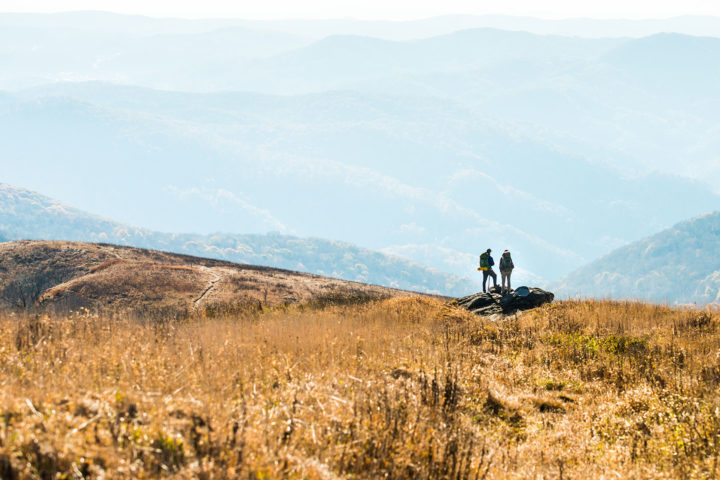
Official Blog
Partnering for A.T. Landscape Protection
A massive amount of collaboration and shared dedication is required to ensure A.T. landscapes are conserved.
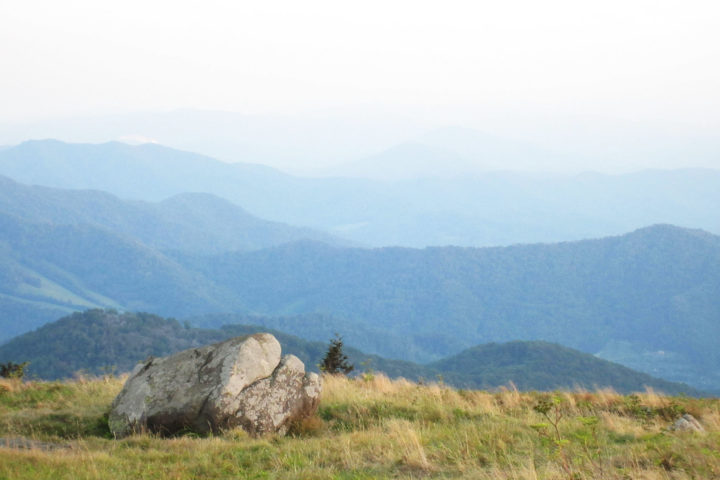
The A.T. Landscape Partnership
A Dynamic Approach to Landscape Conservation
The Appalachian Trail Landscape Partnership is a dedicated coalition of local, state and federal partners led by the Appalachian Trail Conservancy and the National Park Service.

Partners in Conservation
Landscape Conservation
The Appalachian Trail landscape conservation requires many partners to connect the wild, scenic and cultural wonders of the A.T. and its surrounding landscape.



